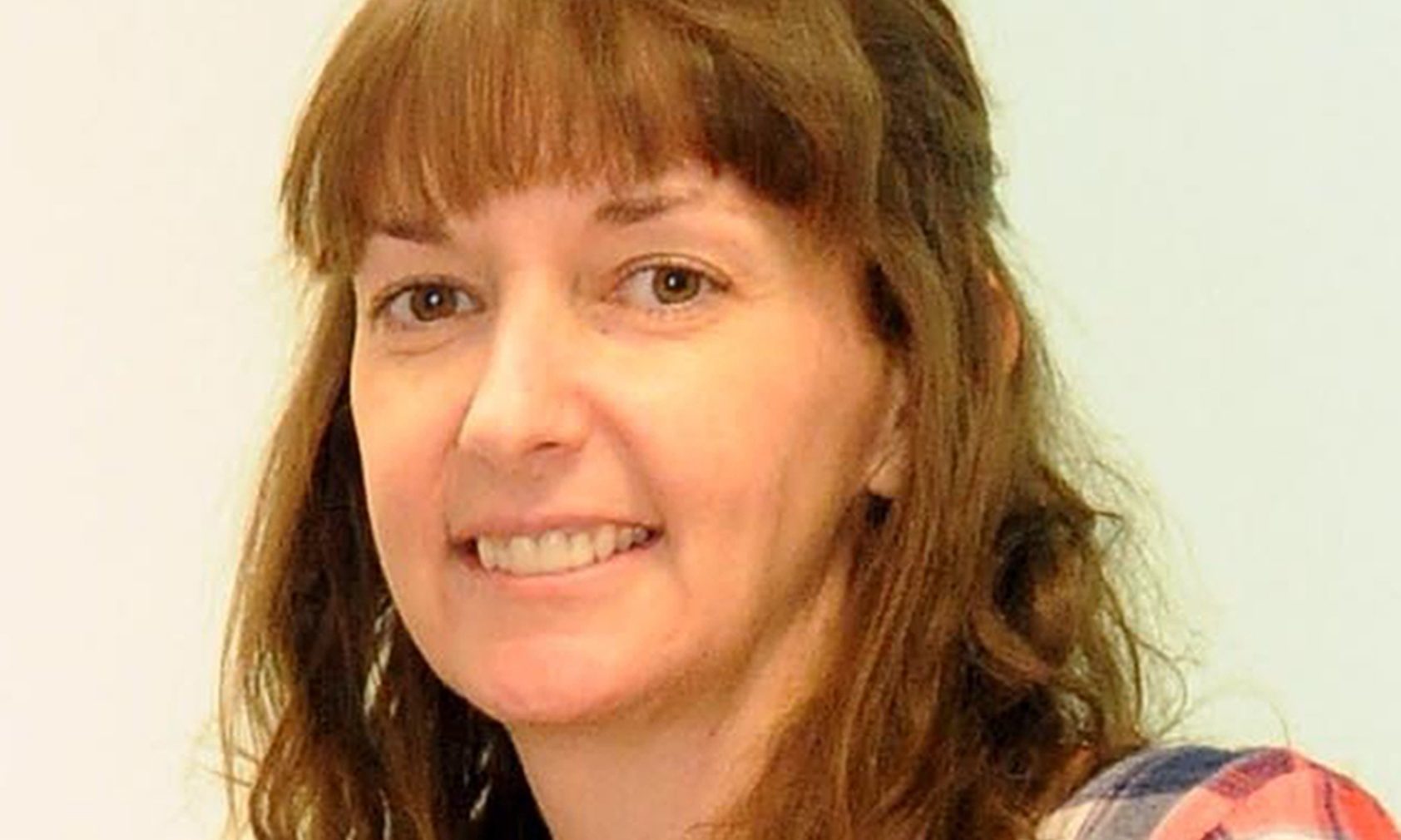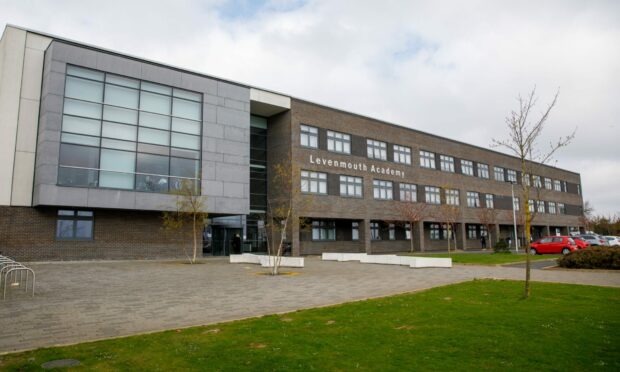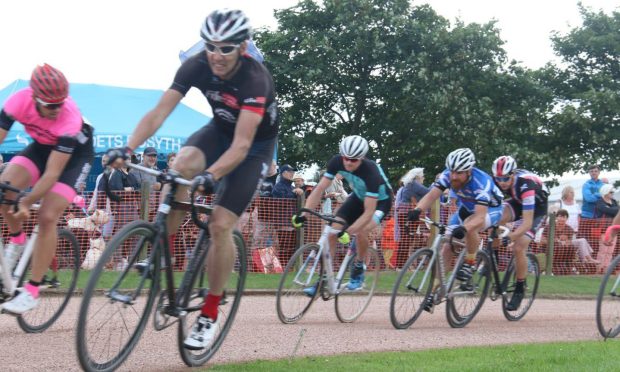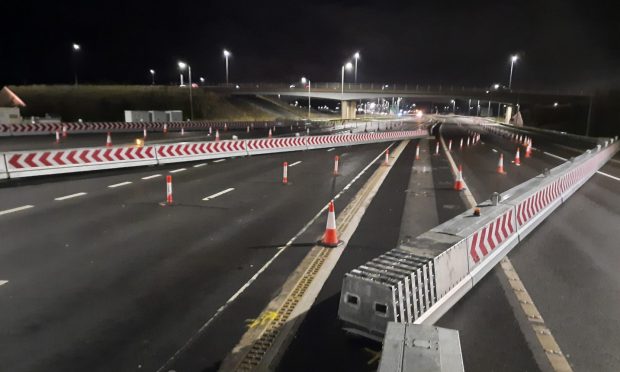Ebola nurse Pauline Cafferkey’s temperature was recorded inaccurately amid chaotic scenes at Heathrow Airport, her hearing has been told.
Her temperature was recorded as 37.2C on her Public Health England screening form after it had been measured at 38.3C.
A panel of the Nursing and Midwifery Council heard that screening staff had been unprepared for the volume of passengers returning from at-risk countries on December 28, 2014, at the height of the outbreak.
Amid scenes described as “disorganised”, “busy” and “chaotic”, nurses and doctors in Ms Cafferkey’s group were given or acquired thermometers to take their own temperatures.
A doctor in her group, referred to as Doctor 1, took her temperature twice at 38.2C then 38.3C.
However, he said that a nurse close by when he read out the figures, Registrant A, said she would record the temperature as 37.2 degrees on her screening form and they would “get out of here and sort it out”.
The fitness to practice of Ms Cafferkey, 40, originally, of Crossgates, Fife, is being considered by the panel which has the power to strike off nurses found guilty of misconduct.
Charges against her allege she allowed an incorrect temperature to be recorded on her screening form and left the screening area without reporting her true temperature to staff.
She is also accused of not telling a doctor, Doctor 2, who took her temperature as 37.5C when she returned to the screening area that she had taken paracetamol.
However, the NMC’s legal representative Anu Thompson has urged the panel to drop charges Ms Cafferkey acted dishonestly.
Ms Thompson cited evidence of Dr Emma Thomson, who treated Ms Cafferkey in Glasgow’s Gartnavel Hospital, that she was already in the early stages of her illness at Heathrow.
That and fatigue from a busy night shift shortly before her 22-hour journey from Sierra Leone, where she had volunteered tending the sick for six weeks, would have impaired her judgement, she claimed.
A statement of facts agreed by representatives of Ms Cafferkey, who lives in Cambuslang, and the NMC, said there were protests against delays at Heathrow.
Some travelling home with the nurse had connecting flights to Scotland and others were eager to see loved ones waiting for them.
As none of their screening forms reported a raised temperature they were allowed to leave the screening area.
Ms Cafferkey took paracetamol either before she left the screening area or while in the baggage area.
On the way to the arrivals area she was advised by a doctor who had also been in Sierra Leone that she should not travel on to Glasgow and should return to the screening area.
Ms Cafferkey contacted the local health protection team by telephone and told a doctor of her temperature and that she had taken paracetamol.
Public Health England’s health protection consultant was informed and the information passed to the ebola screening manager at Heathrow.
However, Dr 2, who Ms Cafferkey returned to the screening area with, was not told she had taken paracetamol and the screening protocol form he filled in did not ask if she had.
The form has subsequently been changed and now requires information about paracetamol use.
Dr 2 took Ms Cafferkey’s temperature three times at or only slightly above 37.5C and cleared her for onward travel.
In the early hours of the next day she awoke feeling ill and was admitted to Gartnavel Hospital with what Dr Thomson described as “an extremely severe presentation”.
Ms Cafferkey spent almost a month in isolation in London’s Royal Free Hospital and has twice been readmitted to hospital, once with a relapse and once with chronic meningitis.
The panel also heard that she was still recovering and her prognosis was uncertain.
She is the only patient ever to have developed a reactivation of ebola 10 months after.
The hearing in Edinburgh continues.










